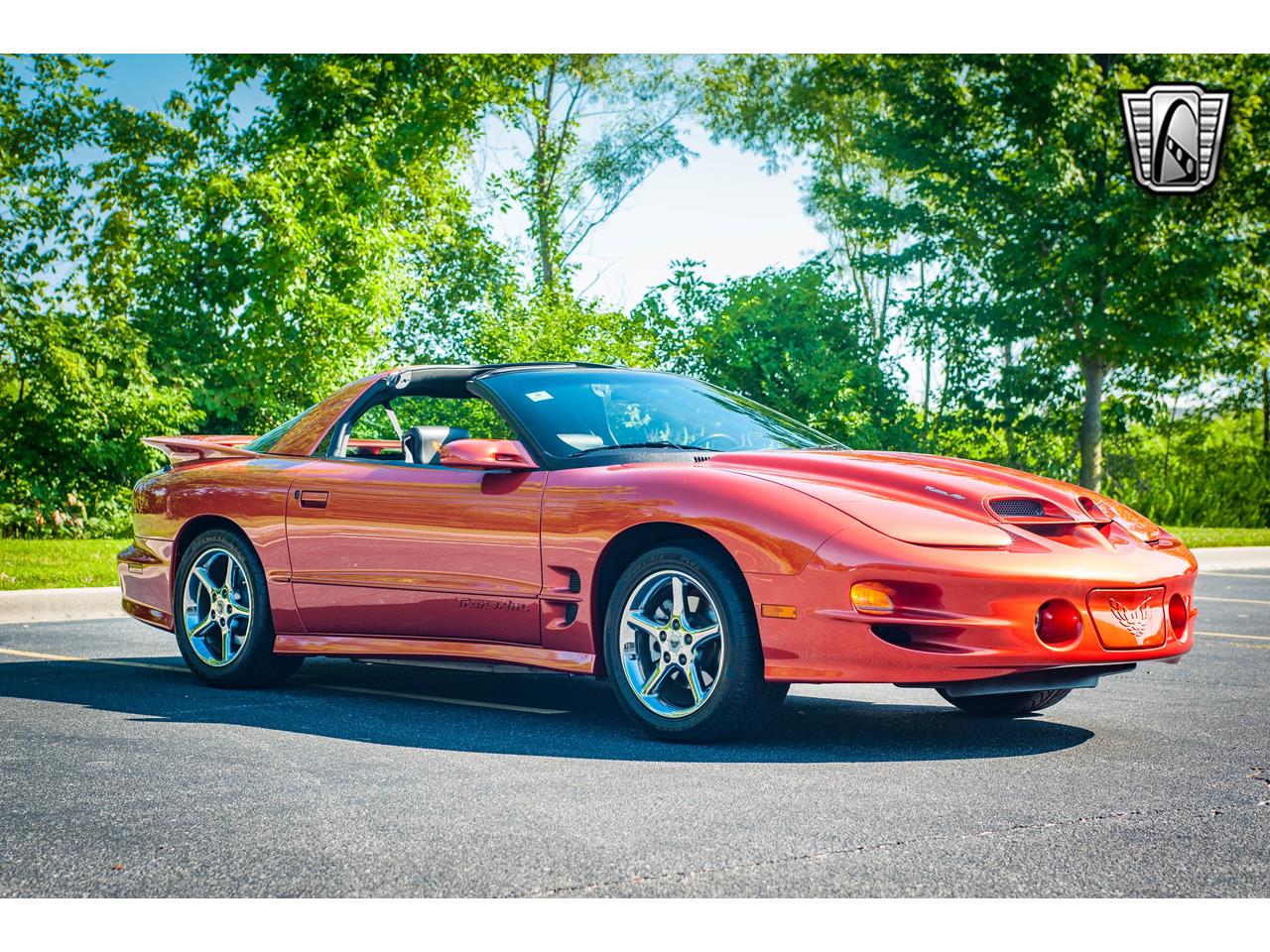

The 49 in my screen name indicates the 301 turbos size in liters (4.9) and I have considerable experience with this and the NA mill of this time era. Have had it for 10 years and still to this day love sliding in, removing the t-tops and cruising the car shows or long stretches of highway. I currently own a 1981 TA Nasar Edition with but 28K miles on the clock. Step right this way, you sideburned and mustachioed young (and not so young) men of America! It was still the only game in town, if you wanted bragging rights to a sporty coupe with something big under the hood. And by 1979, the Olds 403 had taken up residence in all TAs, except for a handful of genuine Pontiac 400 engines left over from 1978, and used mostly in the 10th Anniversary edition.īut who cared if the Trans Am was powered by a 185 hp Olds 403 shared with a Vista Cruisers? The screaming chicken was still on the hood, the scoops and vents were sort-of real, and it looked like stink, even if it only went like a well-muffled fart.

The 455, now down to 215 hp, made its last appearance in the ’76 TA, to be supplanted by the smaller-bore 400 Pontiac as well as the Olds 403 in CA, where the emission standards were even tighter.

That’s not surprising, given the ever-tightening emission and CAFE regs. Pontiac faced an uphill battle to keep the performance real in the TA, and frankly, it was mostly a losing one. The Trans Am and Burt Reynolds are inextricably intertwined, reflecting the good-old boy reaction and renaissance that was taking place as an antidote to the seventies’ massive cultural changes. And although it sold well enough, the Trans Am was now firmly established as a cultural icon, thanks in part to its starring role in the classic car-chase/stunt movies of the times, Smokey and the Bandit and Hooper. So much so, that Chevrolet brought the Z28 out of hibernation for 1977.5. The legend was firmly established, and it was a rip-roaring success. A genuine terror through 1974, by 1975 the TA 455 had its wings clipped, but was still the only thing of its kind on the market. And the Super Duty 455 still managed a respectable 290 (net) hp despite them. The glory years of the big Poncho engine were of course the earliest ones, before lower compression ratios and smog controls eroded its once awesome Ram Air. The Trans Am retained its big block 455 CID V8 through 1976, long after the Camaro jettisoned both the 396 or the the 350 CID Z28. And once gas prices stabilized in 19, and the economy revived, GM’s decision turned out to be a gold-pinstriped mine. Americans were not all ready to embrace a future of little four-banger Shetland-pony cars. But the right side won, GM hung in there, and it turned out to be one of the best choices they made in that era. That seemed to be where the future action was, and big-engined performance cars were out, a relic of the good old days that ended so abruptly. GM had the Vega-based H-bodies coming for 1975, to do battle with the Mustang II and the import sporty coupes. Ford was pulling the plug on their oversize Mustang in favor of the Pinto-based Mustang II, and Chrysler and AMC walked away from the market altogether. Sales of the handsome coupes had been hampered by production delays, strikes and the general fall-off of the whole segment, in response to rising insurance and other factors. In 1972, GM had a huge internal battle going as to whether the new-for 1970 F-Body Camaro and Firebird should be scrapped by 1973, rather than invest the sums necessary to re-engineer them for the new mandated impact-absorbing bumpers being phased.


 0 kommentar(er)
0 kommentar(er)
